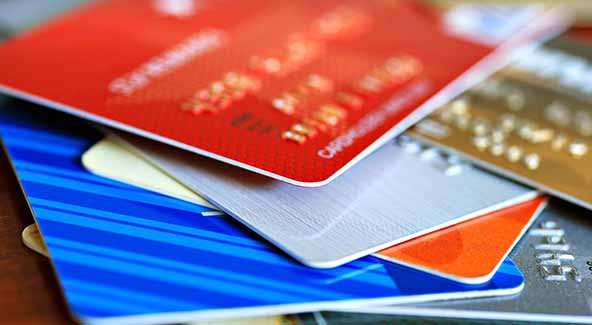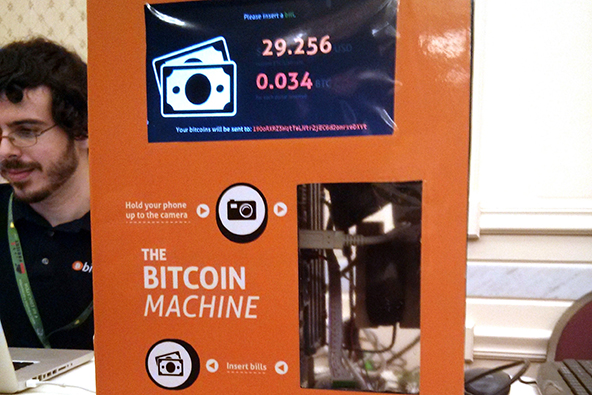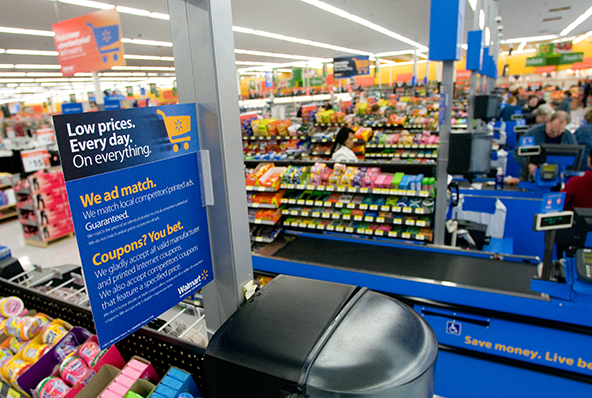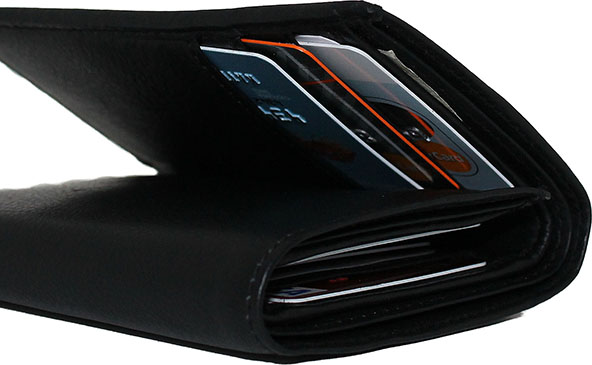How to Manage ‘No Authorization’ Chargebacks

Visa uses chargeback Reason Code 72 to designate chargebacks resulting from processing transactions, which were above the merchant’s floor limit, but authorization was not obtained. MasterCard does not have a reason code that exactly matches Visa’s 72. MasterCard Reason Code 4837 comes close to it but is regarded as fraud-related, which puts it in a different category.
An example of a Reason Code 72 chargeback would be a card-present transaction for the amount of $30 processed by a merchant whose floor limit is $25, for which the merchant did not request an authorization. Floor limit is the amount above which all card transactions must be authorized and is zero for all card-not-present transactions.
What causes these chargebacks? A chargeback Reason Code 72 is typically issued when a merchant did not obtain an authorization for a transaction that exceeded its floor limit or did obtain it but after the transaction date. The floor limit is usually specified in the merchant processing agreement and if in doubt, you should contact your processing bank and ask about it.
How to manage such chargebacks? Your response to Reason Code 72 chargebacks will depend on the particular transaction circumstances and the actions you have taken (or not) so far.
- Transaction was authorized. If you did obtain an authorization approval, inform your processor of the transaction date and amount.
- Transaction was not authorized. If you did not obtain authorization, there is no remedy and you should accept the chargeback. Do not process a credit at this time, as the?áchargeback has already performed this function.
How to prevent chargeback Reason Code 72? The following?ácard acceptance best practices will help prevent this type of?áchargebacks:
- Always request an authorization for transactions above your floor limit. Today’s point-of-sale (POS) terminals send authorization requests automatically when a card is swiped, so this shouldn’t be a problem. Upon receiving an authorization code, the terminal will either print out a receipt, if the transaction was approved, or it will not, if the transaction was declined. In the latter case, you should ask for an alternative payment method.
- Card reader is down or card’s magnetic stripe is damaged. Whenever a card cannot be read, either because of a problem with the POS terminal or with the card itself, you have two available courses of action:
- Ask your customer for an alternative payment method.
- Call your processor’s authorization center and make a voice authorization request. If the payment is approved, write the authorization code on the sales receipt and also make an imprint of the card on the sales receipt itself. If authorization is declined, ask for an alternative payment method.
Most credit card processing companies today will verify whether or not an authorization was obtained and, if that is the case, the chargeback will be rejected as invalid and you will never see it.
As with all other authorization-related chargeback types, training is the key to preventing Reason Code 72. Senior management is responsible for ensuring that every member of the sales staff understands your organization’s authorization policies and is adequately trained on implementing them. Card imprinters should be made available at every register for copying the front of the card, in case a card’s magnetic stripe cannot be read.
Image credit: Ilwucu.org.


